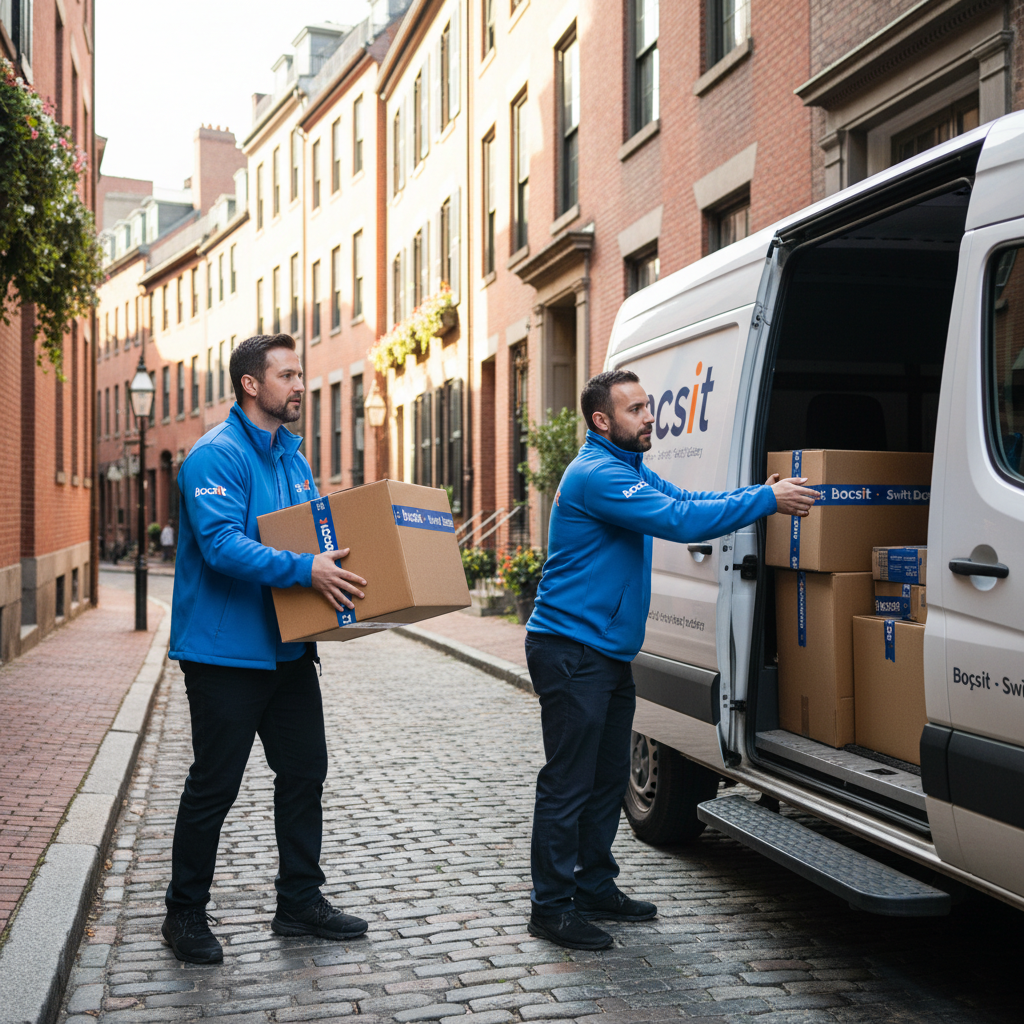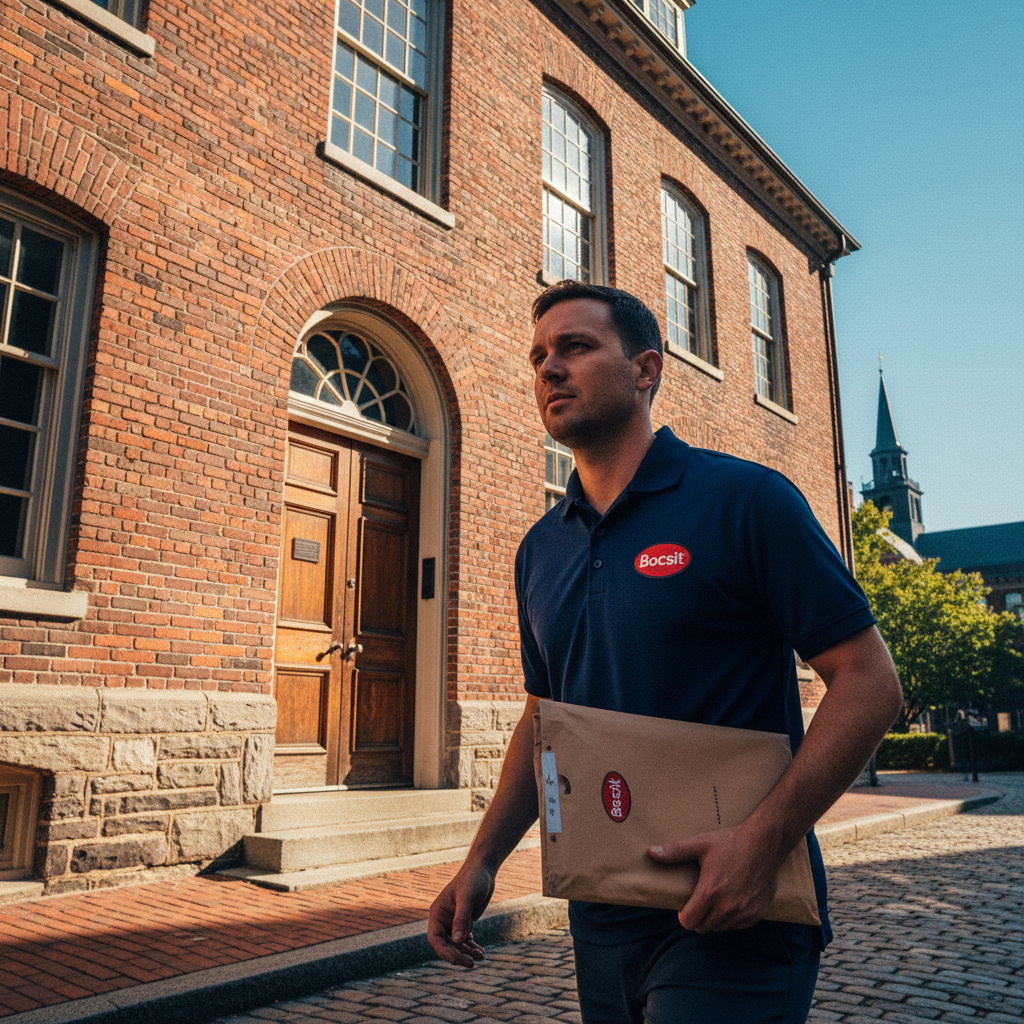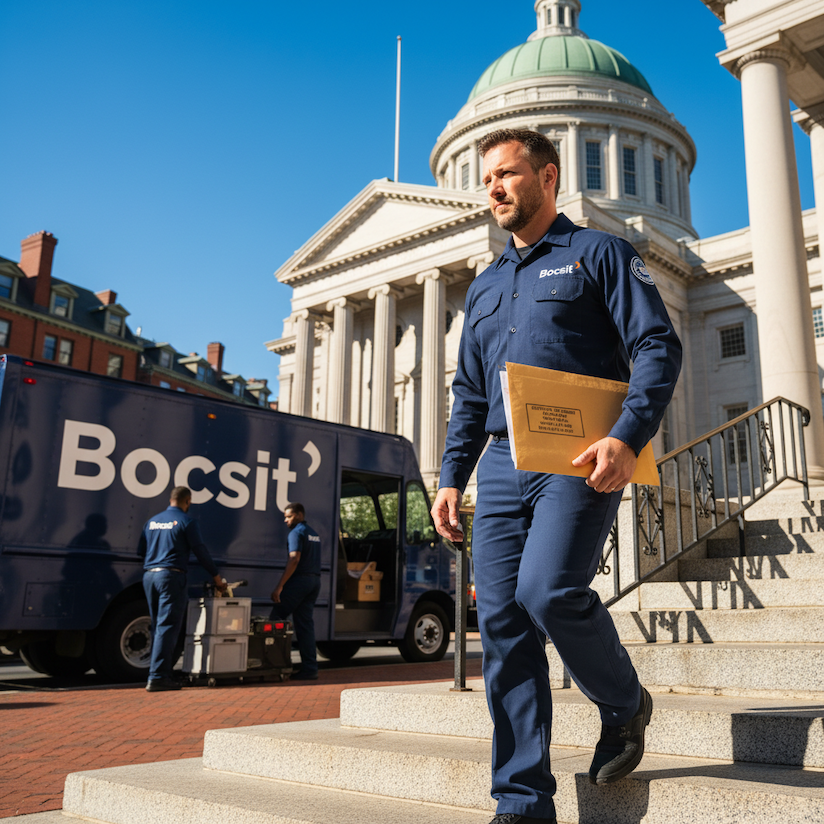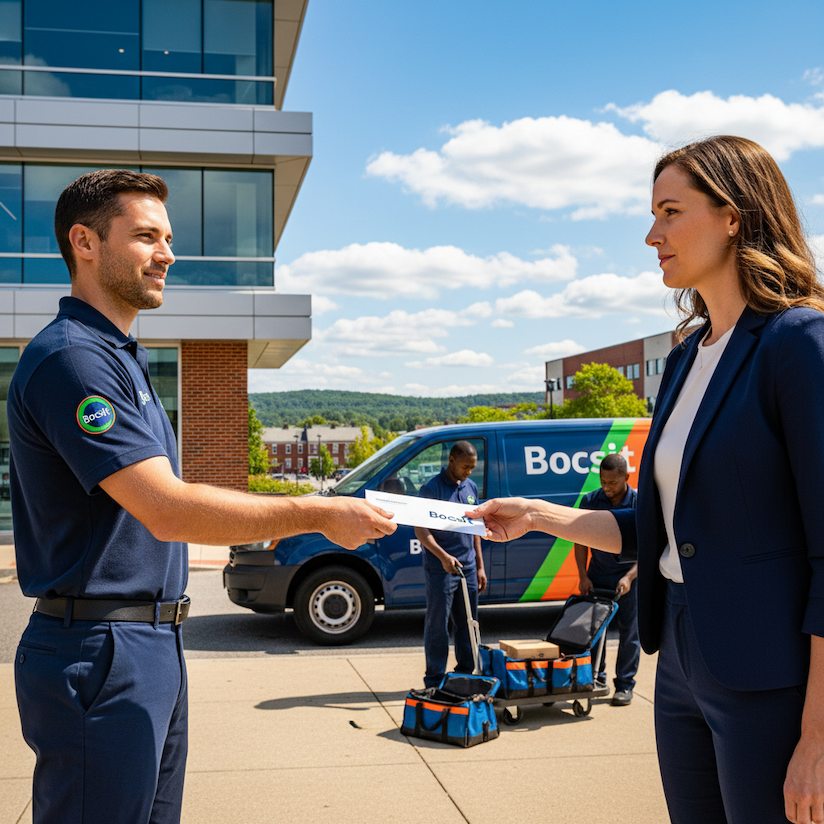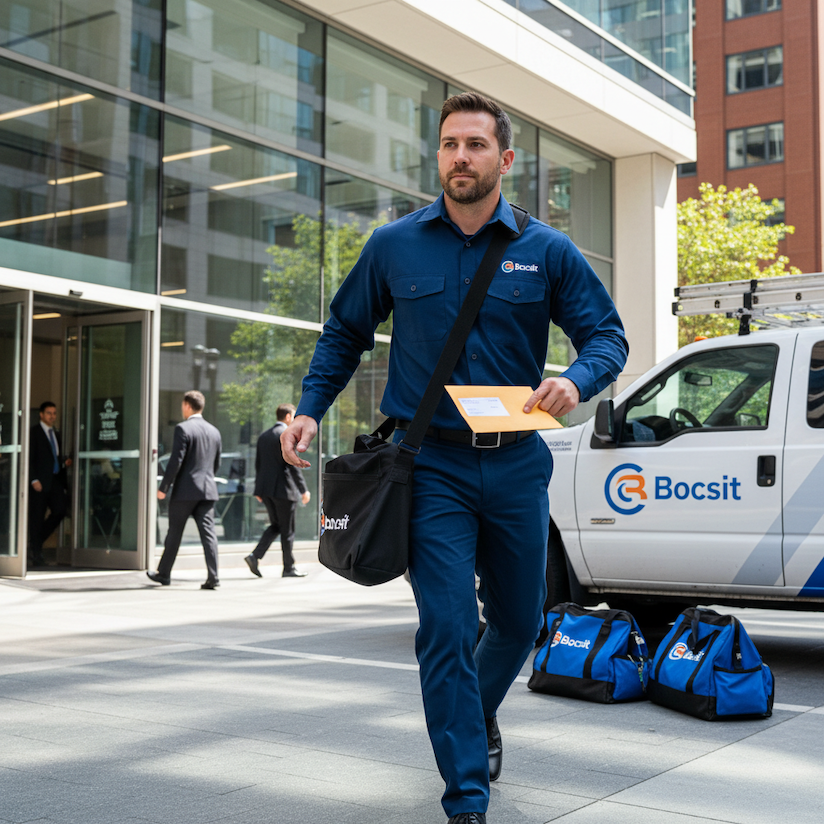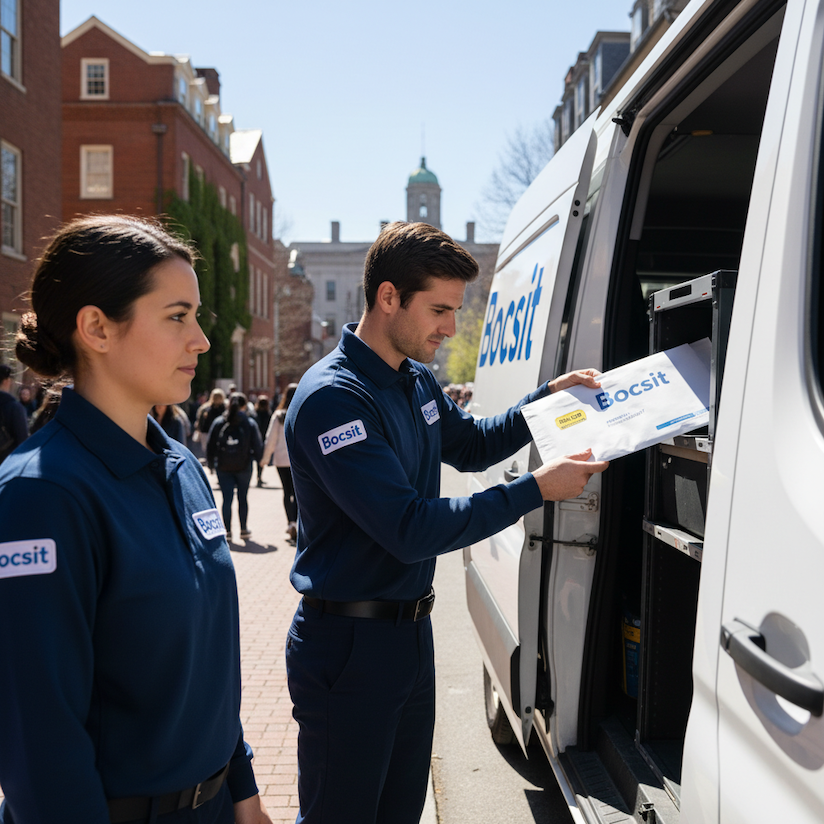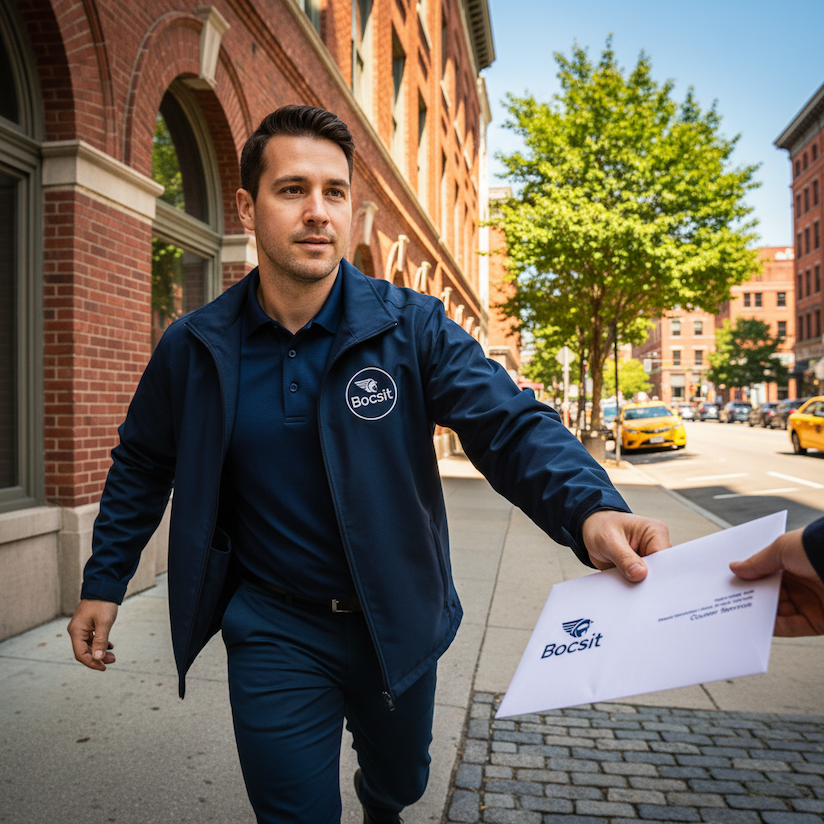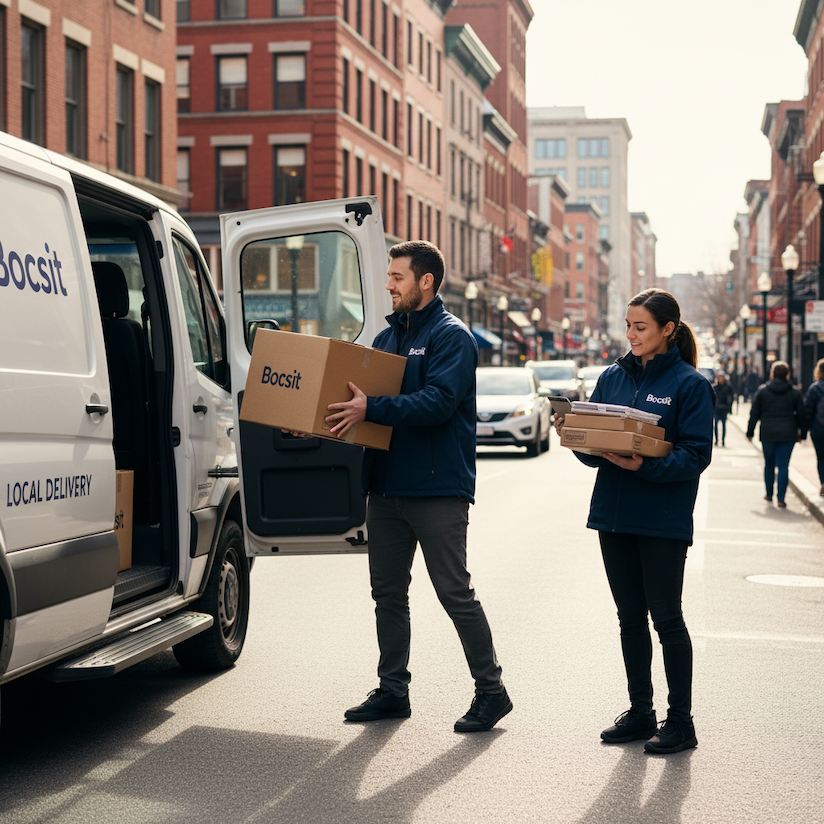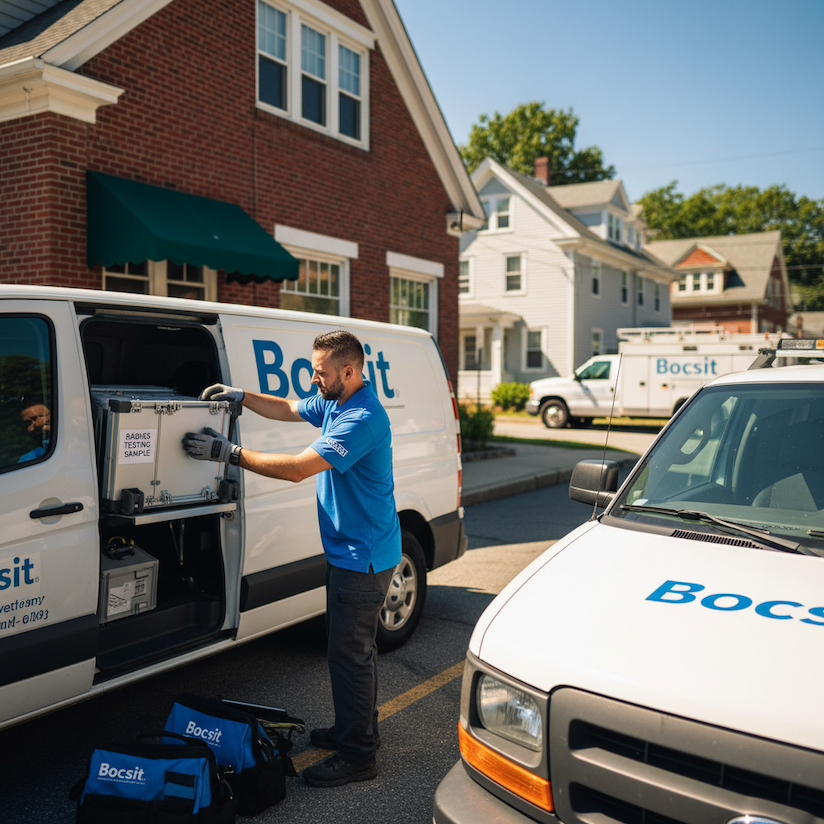Essential Guide to Investing in Vehicle Safety for Every Driver
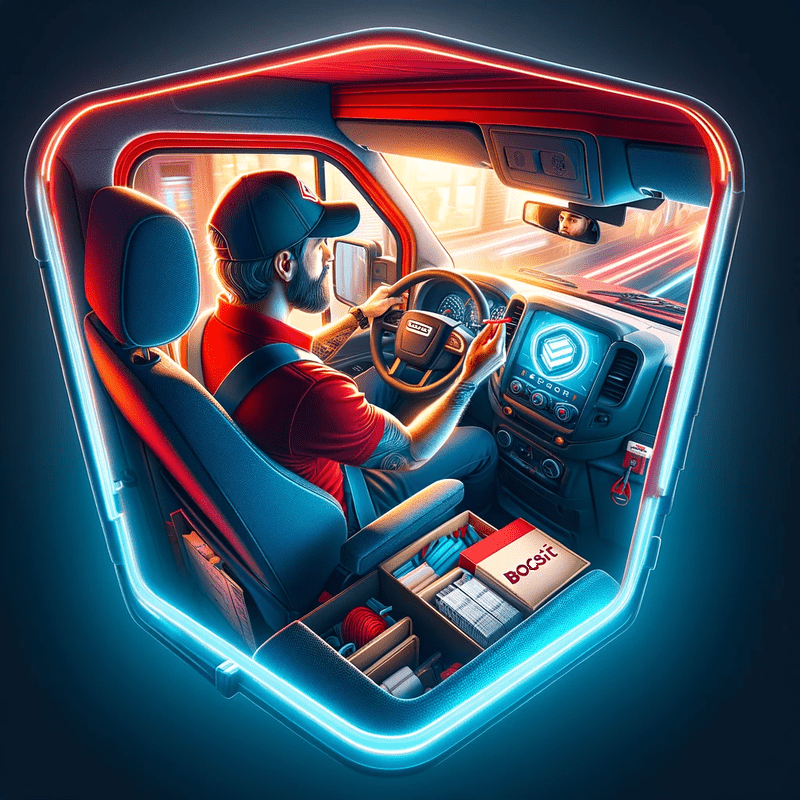
Investing in vehicle safety is a multi-faceted approach that combines the latest technology with time-tested strategies. Here’s how you can make your ride the safest on the block.
1. Advanced Safety Features: More Than Just Bells and Whistles
When car shopping, it's easy to get dazzled by horsepower or infotainment systems. However, your priority should be the safety features. Look for vehicles equipped with:
- Automatic Emergency Braking (AEB): This system can detect an impending collision and automatically apply the brakes, potentially preventing a crash.
- Adaptive Cruise Control: It adjusts your speed to maintain a safe distance from the vehicle ahead, making highway driving a breeze.
- Blind Spot Monitoring: This warns you of vehicles in your blind spots, crucial for safe lane changes.
- Rearview Cameras and Parking Assist: Essential for safe reversing and tight parking spots.
- Lane Keeping Assist: It gently corrects your steering if you start to drift out of your lane without signaling.
Remember, these features are not substitutes for attentive driving but rather tools to enhance your safety on the road.
2. Regular Maintenance: The Unsung Hero of Vehicle Safety
The flashiest safety features mean nothing if your vehicle isn't well-maintained. Regular check-ups should include:
- Brake Inspections: Ensures your car can stop on a dime when needed.
- Tire Maintenance: Properly inflated and treaded tires are crucial for maintaining traction.
- Oil Changes and Fluid Checks: Keeps your engine running smoothly and prevents overheating.
- Lighting Checks: Ensures you can see and be seen, regardless of the driving conditions.
3. Safety Courses: Sharpen Your Skills Behind the Wheel
No matter how long you’ve been driving, there’s always room for improvement. Enrolling in a defensive driving course can sharpen your skills and even snag you a discount on your car insurance. These courses teach you how to anticipate and react to potential hazards on the road, making you a safer driver.
4. Emergency Kit: Be Prepared for the Unexpected
Hope for the best, but prepare for the worst. Your vehicle should always have an emergency kit that includes:
- First aid supplies
- Flashlights and extra batteries
- A blanket and warm clothes
- Basic tools
- Water and non-perishable snacks
- A charged portable battery charger for your phone
Having these essentials can make a significant difference in unexpected situations.
5. Child Safety: Securing Our Most Precious Cargo
If you’re traveling with young ones, their safety is paramount. Invest in a high-quality car seat or booster seat that is appropriate for their age, height, and weight. Always follow the manufacturer’s installation instructions or get help from a certified child passenger safety technician.
Navigating to a Safer Future
Investing in vehicle safety is an ongoing journey, not a one-time purchase. It's about making informed choices, staying vigilant about maintenance, and continuously improving your driving skills. By prioritizing safety, you’re not just protecting your own life; you’re contributing to safer roads for everyone.


